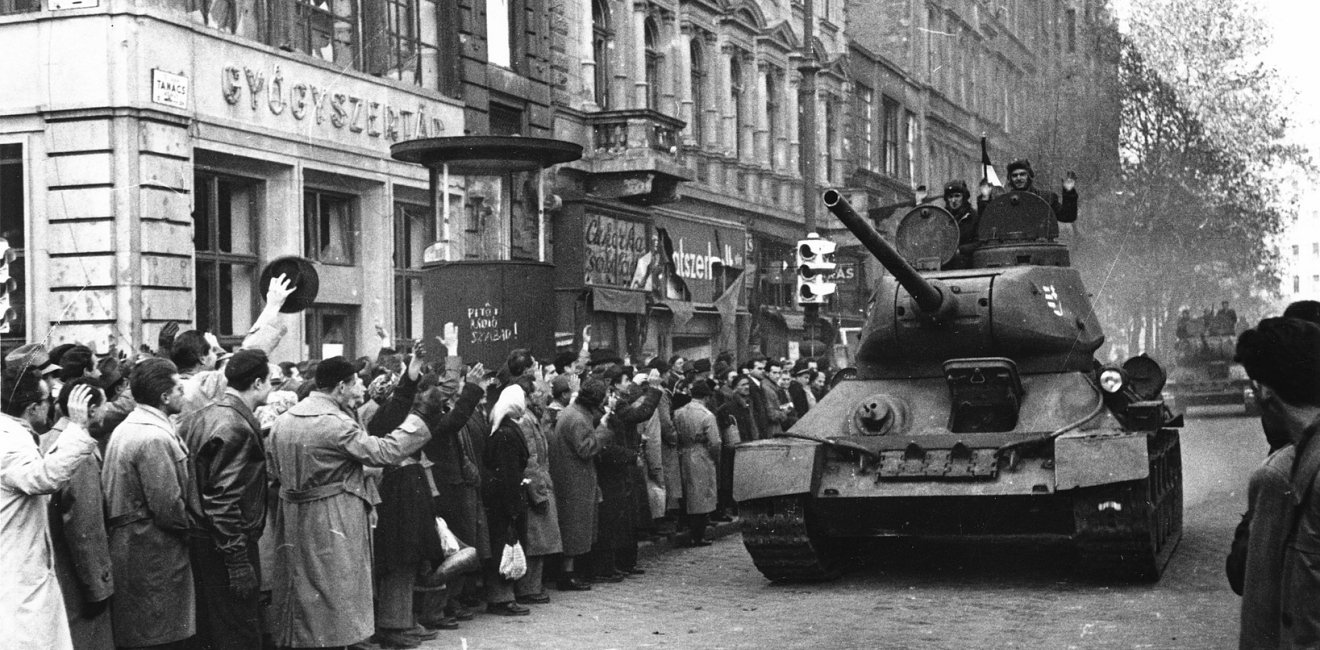The wave of Hungarian refugees following the Soviet suppression of the 1956 revolution, along with the internationally organized humanitarian efforts for their resettlement, stands as a remarkable chapter in both Hungarian and global migration history. It was an extraordinary success for international refugee care, with the “family” of organs tied to the United Nations playing an instrumental role. Other non-governmental organizations, among them the International Red Cross Movement, made equally significant contributions. These organizations managed to support approximately 200,000 refugees—a significant number even by European standards—by transporting them to host countries and aiding in their integration.
My recently published working paper examines humanitarian activity for the Hungarian refugees. It draws on archival materials of three Red Cross institutions – the League of the Red Cross Societies and the International Committee of the Red Cross in Geneva, and the French Red Cross Society – together with the American, British, French, Belgian and Hungarian foreign policy documents, and the papers from the Hungarian Red Cross and the international literature. The abundant and multifaceted international archival material allowed me to analyze, in a nuanced way, the Red Cross’s perspective of refugee aid as a result of humanitarian ideas and the Cold War propaganda struggle between the Western and Soviet blocs. My paper thereby contributes to the growing interest in exploring the international humanitarian movement and the history of migration.
The League of Red Cross Societies and the International Committee of the Red Cross, in accordance with their historically established competences, played an important role in solving the 1956 Hungarian refugee crisis. The League also played an active role both in the first asylum countries, in Austria and in part in Yugoslavia, during the refugee migration and, through their national Red Cross member societies, in their final resettlement. Dealing with Hungarian refugees was at the center of the League's activities throughout the period.
The ICRC utilized its traditional methods of organizing a database of refugees and a tracing and messaging service, supporting repatriation, especially the return of minor refugees, and dealing with the sensitive issues of family reunification. These crucial areas of refugee life, which, due to the confidential nature of these issues, were little known to the international public, were nevertheless only a small part of the Committee's activities in Hungary. The majority of the organization’s energies were spent on Hungarian soil in the interest of the population and on behalf of the UN.
In this way, all three elements of the International Red Cross system, namely the League, the National Red Cross Societies, and the International Committee, were decisively involved in assisting the "Hungarian people," following the UN General Assembly resolutions in the fall of 1956. The proven effectiveness and record of success in these activities increased the prestige of both international Red Cross organizations, further reinforcing their cooperation.
The success of the League and the ICRC in the Hungarian affair was facilitated by the sensitive adaptation to the international environment and power relations of the Cold War, the flexibility in negotiating with the Red Cross’s humanitarian principles, and a relationship of trust with state actors, such as the Austrian, Yugoslav, and especially American governments, who were vital in the settlement of the Hungarian refugee crisis. Cooperation among intergovernmental organizations, in particular the UN High Commissioner for Refugees (UNHCR) and the Intergovernmental Committee for European Migration (ICEM), was also essential to its success.
The participation in the resolution of the 1956 Hungarian humanitarian crisis had a massive impact, appropriate given its importance, in the institutional memory of the League of Red Cross Societies and the International Committee of the Red Cross.






